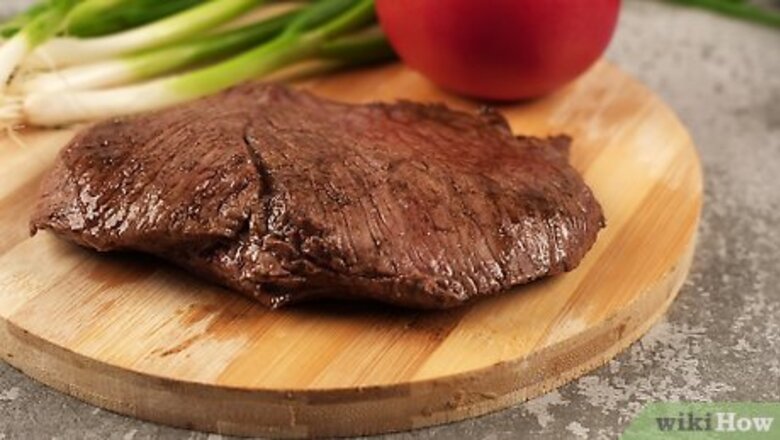
views
Cutting Against the Grain
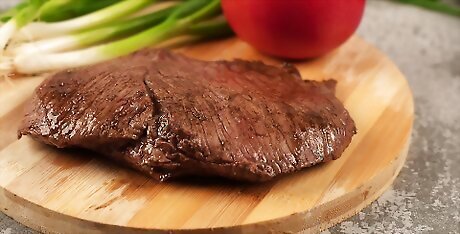
Leave the meat to rest for 5 minutes before you cut it. Resting the meat for a few minutes helps it retain its juices, making the meat tender. When the meat has finished cooking, leave it in a dish for 5 minutes. Place a food cover over the meat while it cools so that flies don’t land on it. If you don’t have a food cover, use aluminium foil instead.
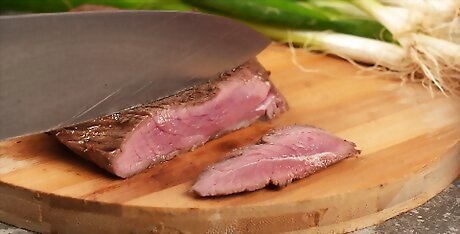
Identify which way the lines in the meat run. If you look carefully at the meat, you will notice that the meat is made up of fibres. Check which direction the fibres are pointing. If you have trouble seeing which way the lines run, cut a small slice off one end of the steak. This will allow you to clearly see the direction of the lines.

Position your knife in the opposite direction to the lines. If you cut the London broil in the same direction as the lines, you will have to chew through the fibres. This will make the meat feel stringy and dry. Place your knife perpendicular to the lines on the London broil to leave the meat soft and juicy.

Slice the meat at a 45-degree angle. This helps to make the slices bigger. Turn your knife so that it is sitting at a 45-degree angle. Keep the knife at an angle as you slice the meat. Place moderate pressure on the knife and saw back and forth to make the cuts. If you are cutting a thin steak, don’t worry about slicing at an angle as it is difficult to do.
Cutting Thin Strips
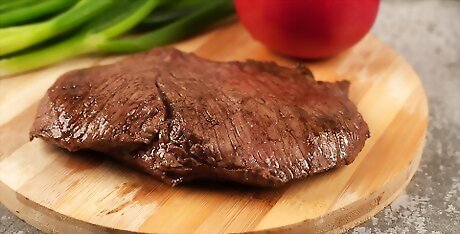
Let the meat sit for 5 minutes to tenderize. Leaving London broil to rest helps the juices to sink into the meat. This will make the meat much juicier and full of flavour. Leave the London broil in its cooking dish for 5 minutes once it has cooked.
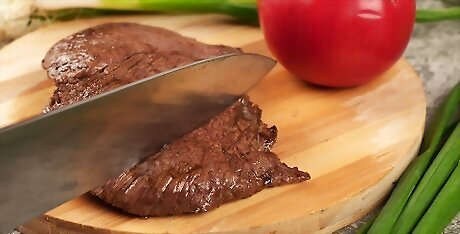
Position your knife against the direction of the grain. You will notice that the meat has lots of small lines in it. These are the fibres that make up the meat. Identify which direction these lines run and position your knife so that it is sitting in the opposite direction to the lines. Cutting the London broil against the grain will make the meat taste tender and juicy. If you can’t tell which direction the lines run, make a cut on the side of the steak. This will reveal more of the fibres to help you identify their direction. A carving knife will achieve the best results. If you don’t have one, use a sharp kitchen knife instead.

Cut the London broil into 0.25 inches (0.64 cm) strips. Start at one end of the steak and make your first cut 0.25 inches (0.64 cm) from the end of the steak. Continue to make cuts every 0.25 inches (0.64 cm). Use a sawing motion to cut the meat instead of pushing down, as this can compress the meat.
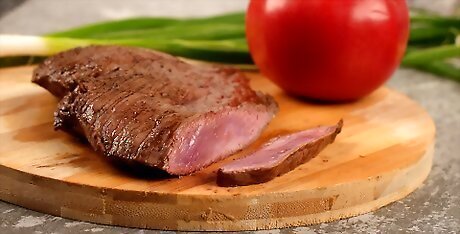
Cut the strips at a 45-degree angle if you want longer slices. Turn the knife on an angle as you cut the meat. This can add up to 50% more length to your strips. Try to maintain a similar angle for each cut so that the slices are a similar width.
















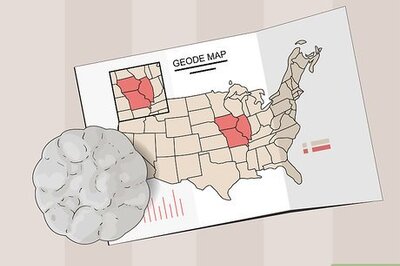
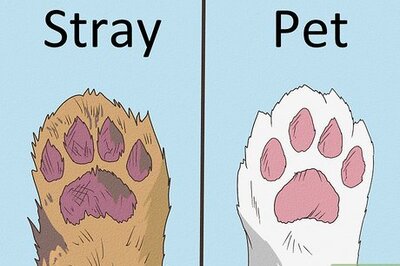


Comments
0 comment